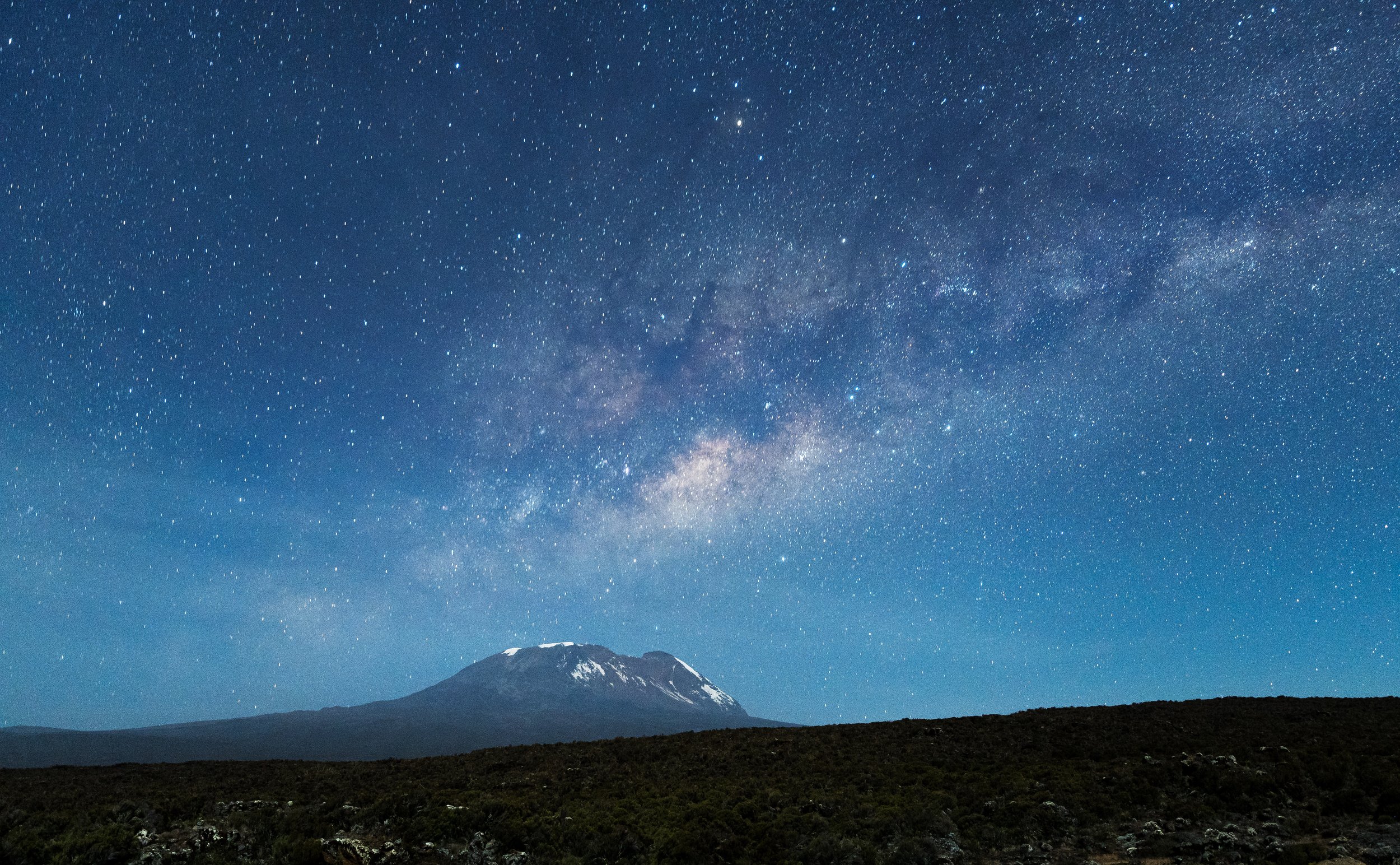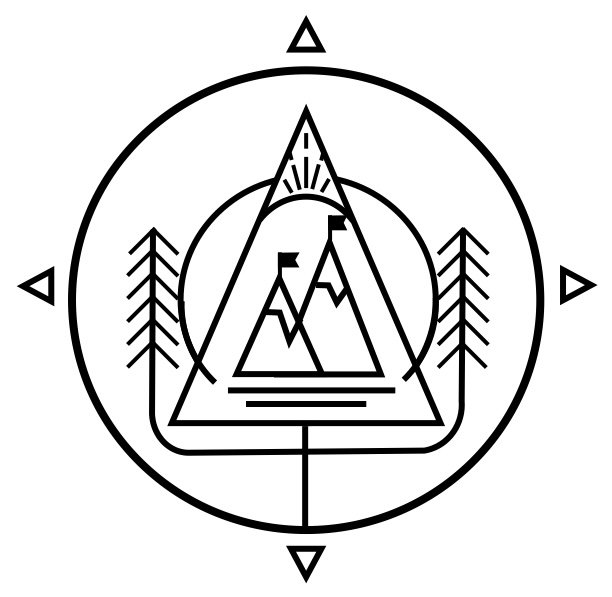
KILIMANJARO - SUMMER 2026
ALUMNI EXPEDITION: KILIMANJARO 2026
About
Join Mark Barneche and Brad East for ACU Alumni Expedition 2026—a transformative adventure to the summit of Mount Kilimanjaro and across the sweeping Serengeti Plain. This journey invites ACU alumni in their 20s, 30s, and 40s to reflect on the evolution of their faith—how it has stretched, shifted, or deepened across the early decades of adulthood. As we climb toward the summit, we’ll engage in candid conversations about vocation, disillusionment, hope, and spiritual renewal. Together, we’ll ask what it means to live faithfully in the second half of life—and how we might reimagine our calling, not in spite of the wear and tear of adulthood, but because of it. Over the course of a week, we’ll trek through stunning landscapes, engage in meaningful faith conversations, and celebrate the wonder of creation together on the Roof of Africa. We’ll handle the logistics and preparation, you bring a passion for adventure and a willingness to engage. If this sounds interesting to you, continue reading to explore the route, learn how to prepare, and discover how you can be part of this once-in-a-lifetime experience.
How to Apply:
This trip will take place June 29-July 10, 2026. It is competitive and limited to 12 participants. All participant applications will be received through ACU Study Abroad’s program portal, VIA TRM. To review the expedition details and eligibility criteria and access expedition application, click the link below. Please note the following key dates/deadlines:
July 1: Applications open
August 1: Informational Meeting
October 1: Priority applications due*
October 15: Admissions notification
November 20: Informational Meeting
January 1: Final Application Deadline
January 2: Final Admissions Notification
*If the program is filled by the October 1 priority deadline, we will close the program to all further applications.
**All admissions notifications will be delivered via email through VIA TRM.

The Route
OVERVIEW OF ROUTE:
Elevation Gain: +11,000 feet to 19,341 ft
Hiking Time: 8 Days
Distance: 71 km | 41 miles
Habitats: Rain Forest, Heath, Alpine Desert, Arctic
DAY 1 – Lomosho Gate to Mti Mkubwa Camp
Elevation Gain: +2,608 ft
Hiking Time: 3-4 hours
Distance: 7 km | 4.35 miles
Habitat: Rain Forest
DAY 2 – Mti Mkubwa Camp to Shira 1 Camp
Elevation Gain: +2,002 ft
Hiking Time: 5-6 hours
Distance: 8 km | 5 miles
Habitat: Heath
DAY 3 – Shira 1 Camp to Moir Hut
Elevation Gain: +2,300
Hiking Time: 5-7 hours
Distance: 11 km | 7 miles
Habitat: Heath
DAY 4 – Moir Hut to Lava Tower
Elevation Gain: +1,390 ft
Hiking Time: 4-5 hours
Distance: 7 km | 4 miles
Habitat: Alpine Desert
DAY 5 – Barranco Camp to Karanga Camp
Elevation Gain: +62 ft
Hiking Time: 4-5 hours
Distance: 5 km | 3 miles
Habitat: Alpine Desert
DAY 6 – Karanga Camp to Barafu Camp
Elevation Gain: +2,225 ft
Hiking Time: 4-5 hours
Distance: 4 km | 2 miles
Habitat: Alpine Desert
DAY 7 – Barafu Camp to Uhuru Peak to Mweka Camp
Elevation: +4,010 ft
Hiking Time: 6-8 hours
Distance: 5 km | 3 miles
Habitat: Arctic
Uhuru Peak to Mweka Camp
Elevation: -4,010
Hiking Time: 4-6 hours
Distance: 12 km | 7 miles
Habitat: Rain Forest
DAY 8 – Mweka Camp to Mweka Gate
Elevation: -4,685 ft
Hiking Time: 3-4 hours
Distance: 10 km | 6 miles
Habitat: Rain Forest











